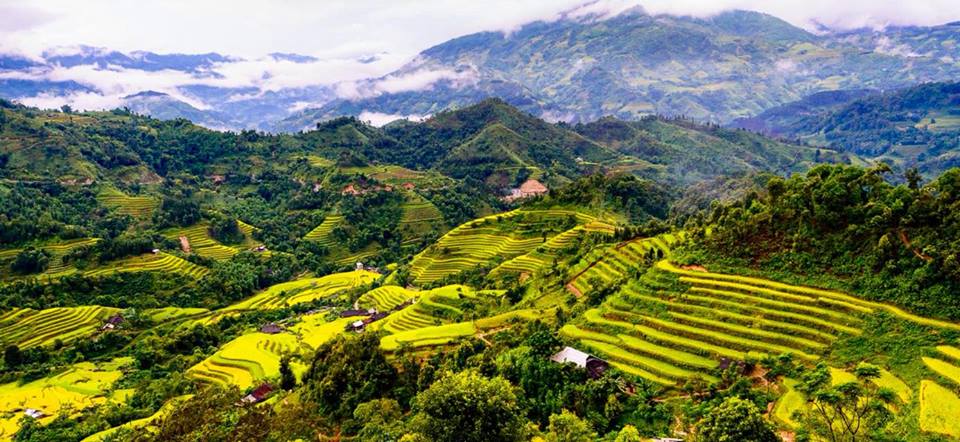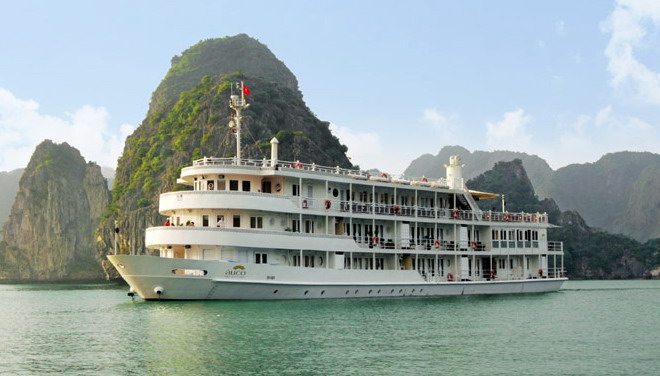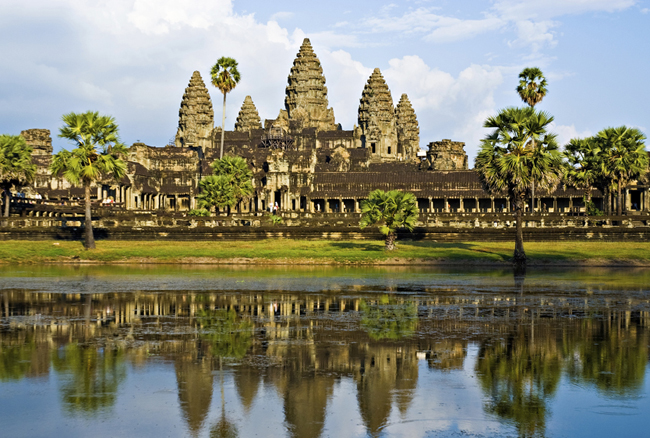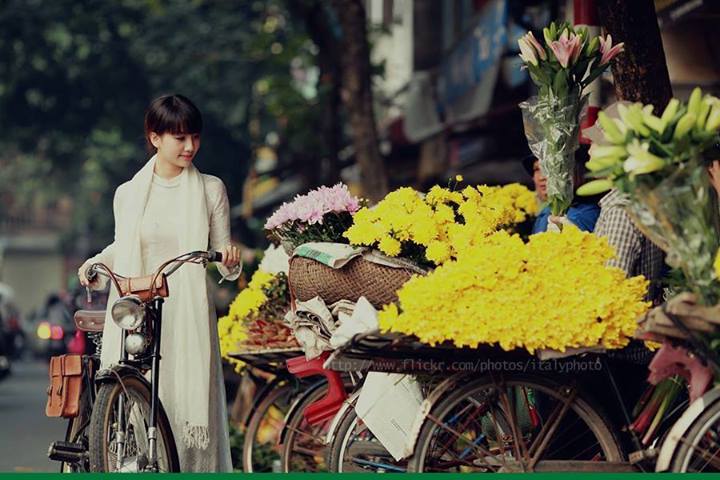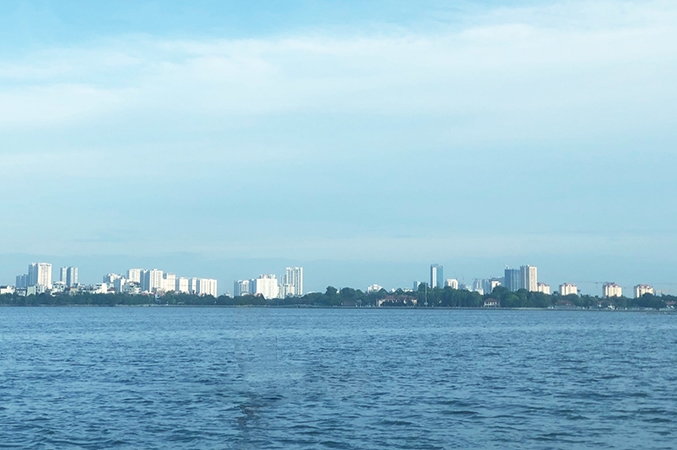Vietnam Museum of Ethnology
The Vietnam Museum of Ethnology is at No1 Nguyen Van Huyen Street in the West of Hanoi, Vietnam, which focuses on the 54 officially recognised ethnic groups in Vietnam. It is located on a 43,799 sqm property in the Cau Giay District, about 8 km from the city center

Vietnam Ethnology Museum
History :
The Vietnam Museum of Ethnology under the Vietnam Academy of Social Sciences is in the system of Vietnamese national museums.
The Vietnam Museum of Ethnology has many different functions such as research, collection, preservation, and restoration of objects and materials of ethnic peoples; organizing exhibitions, performances, and other forms of activities to introduce cultures of ethnic groups in Vietnam as well as in other countries.
The formation process of the Vietnam Museum of Ethnology was promoted from the 1980s when the country's socio-economic conditions were still extremely difficult in the post-war period. On October 24, 1995, the Prime Minister issued a Decision to establish the Vietnam Museum of Ethnology.
On November 12, 1997, on the occasion of the summit of French-speaking nations in Hanoi, the Museum was inaugurated in the presence of the Vietnamese Vice President Nguyen Thi Binh and President of the French Republic Jacques Chirac.
The Museum is located on an area of nearly 4.5 hectares, including three exhibition spaces.
- A 2-storey building called the Bronze Drum for displaying Vietnamese ethnic groups, opened to the public from November 13, 1997.
- The outdoor exhibition called Architectural Garden with about two hectares wide, built from 1998 to 2006, introduces ten folk architectural works of ten ethnic groups in Vietnam.
- A 4-storey Kite building, started construction in June 2007 and opened its first display at the end of 2013, is an exhibition space of cultues of peoples outside Vietnam, firstly peoples of Southeast Asia.
What to see
There are both indoors and outdoors section. While the in-housed exhibition is particularly informative, the outdoors display and activities make the museum stand out from the rest.
There are a number of houses modeling after the traditional architecture of ethnic minorities, especially those who live in Northern and Central highlands.

The museum has over 15,000 artefacts including photographs and other multi-media such as audiotapes. Its indoor exhibition space can be viewed via a virtual tour which includes the Viet, Muong, Tho, Chut, Tav, Thai, Ka Dai, H’Mong-Dao, Tang, San Dui, Ngai, Mon-Khmer, Nam-Dao, Cham, Hoa and Khmer ethnic groups. There are priceless antiques on display alongside everyday objects such as pipes, baskets and knives.
Expect to see a wide range of interesting items on display at the museum with clothes, jewellery and items relating to weddings, funeral ceremonies and other spiritual rituals also exhibited across the 54 communities offering an incomparable glimpse of their history, heritage and cultural identity.
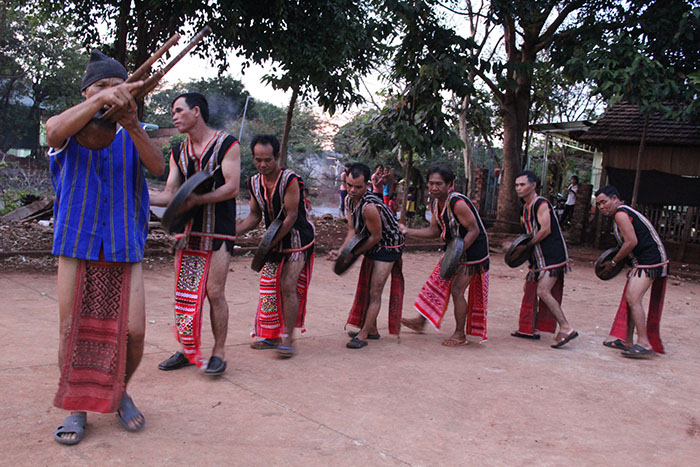
The Vietnam Museum of Ethnology under the Vietnam Academy of Social Sciences is in the system of Vietnamese national museums.
The Vietnam Museum of Ethnology has many different functions such as research, collection, preservation, and restoration of objects and materials of ethnic peoples; organizing exhibitions, performances, and other forms of activities to introduce cultures of ethnic groups in Vietnam as well as in other countries.
The formation process of the Vietnam Museum of Ethnology was promoted from the 1980s when the country's socio-economic conditions were still extremely difficult in the post-war period. On October 24, 1995, the Prime Minister issued a Decision to establish the Vietnam Museum of Ethnology.
On November 12, 1997, on the occasion of the summit of French-speaking nations in Hanoi, the Museum was inaugurated in the presence of the Vietnamese Vice President Nguyen Thi Binh and President of the French Republic Jacques Chirac.
The Museum is located on an area of nearly 4.5 hectares, including three exhibition spaces.
- A 2-storey building called the Bronze Drum for displaying Vietnamese ethnic groups, opened to the public from November 13, 1997.
- The outdoor exhibition called Architectural Garden with about two hectares wide, built from 1998 to 2006, introduces ten folk architectural works of ten ethnic groups in Vietnam.
- A 4-storey Kite building, started construction in June 2007 and opened its first display at the end of 2013, is an exhibition space of cultues of peoples outside Vietnam, firstly peoples of Southeast Asia.
What to see
There are both indoors and outdoors section. While the in-housed exhibition is particularly informative, the outdoors display and activities make the museum stand out from the rest.
There are a number of houses modeling after the traditional architecture of ethnic minorities, especially those who live in Northern and Central highlands.

The museum has over 15,000 artefacts including photographs and other multi-media such as audiotapes. Its indoor exhibition space can be viewed via a virtual tour which includes the Viet, Muong, Tho, Chut, Tav, Thai, Ka Dai, H’Mong-Dao, Tang, San Dui, Ngai, Mon-Khmer, Nam-Dao, Cham, Hoa and Khmer ethnic groups. There are priceless antiques on display alongside everyday objects such as pipes, baskets and knives.
Expect to see a wide range of interesting items on display at the museum with clothes, jewellery and items relating to weddings, funeral ceremonies and other spiritual rituals also exhibited across the 54 communities offering an incomparable glimpse of their history, heritage and cultural identity.

The Dance of Ede Minority
The outdoor area presents a range of traditional homes including a Tay stilt house and a Viet house complete with indigenous foliage, each separated by a small stream and reached via little bridges. One of the main features of the museum is to present the artefacts in a simple manner so that visitors can enjoy them without being overwhelmed by detail. The museum is suitable for children and all documents and display signs throughout have been translated into French and English.
Address: No1, Nguyen Van Huyen Street in the Cau Giay District Hanoi Capital, about 8km away from the centre of town
Opening hours: daily except for Monday, 8:30-17:30
Address: No1, Nguyen Van Huyen Street in the Cau Giay District Hanoi Capital, about 8km away from the centre of town
Opening hours: daily except for Monday, 8:30-17:30
Vietnam Travel Guides
Recommended Tours
Recommended Tours
From
$52
View detail
From
$62
View detail
From
$488
View detail
From
$600
View detail
From
$897
View detail





